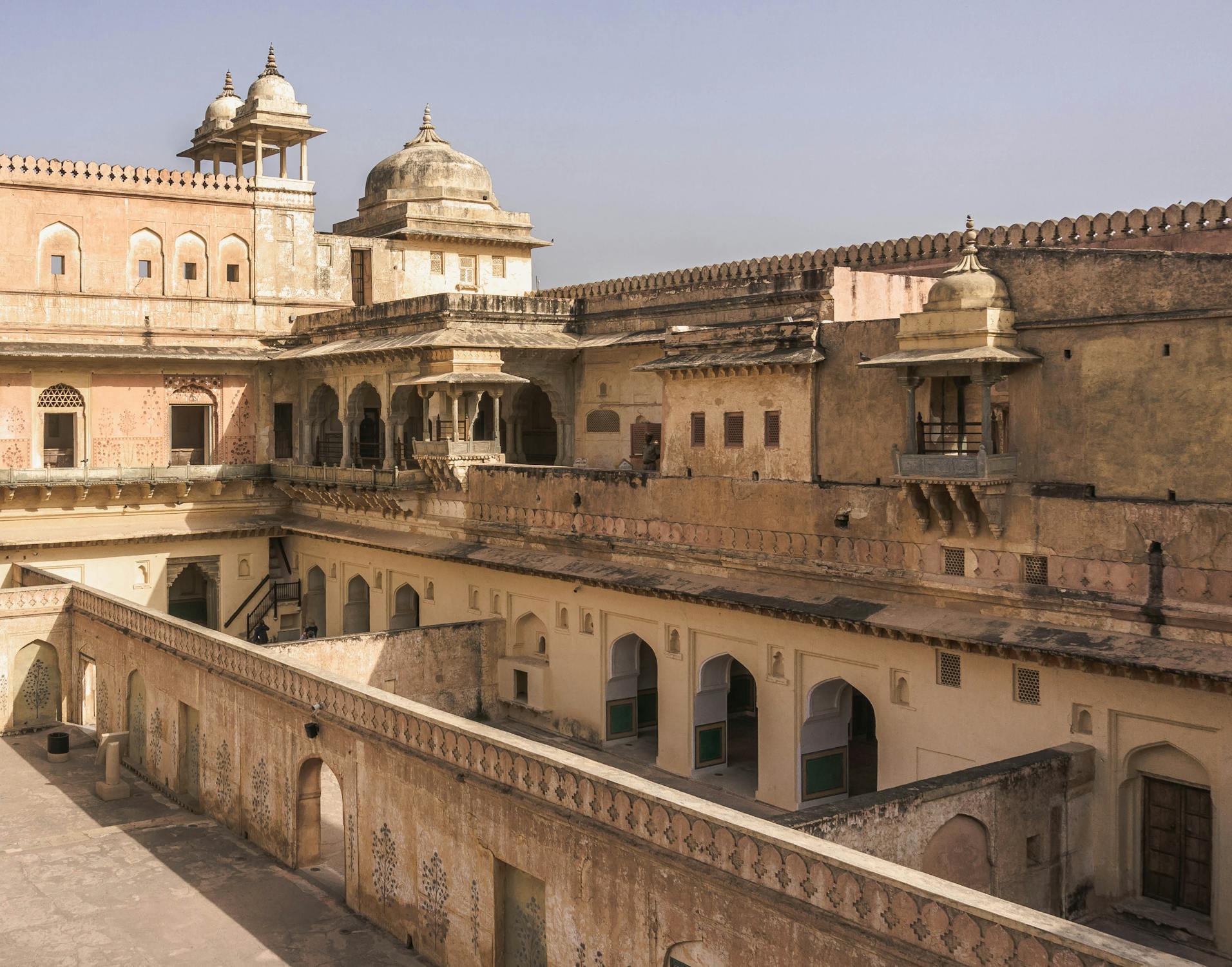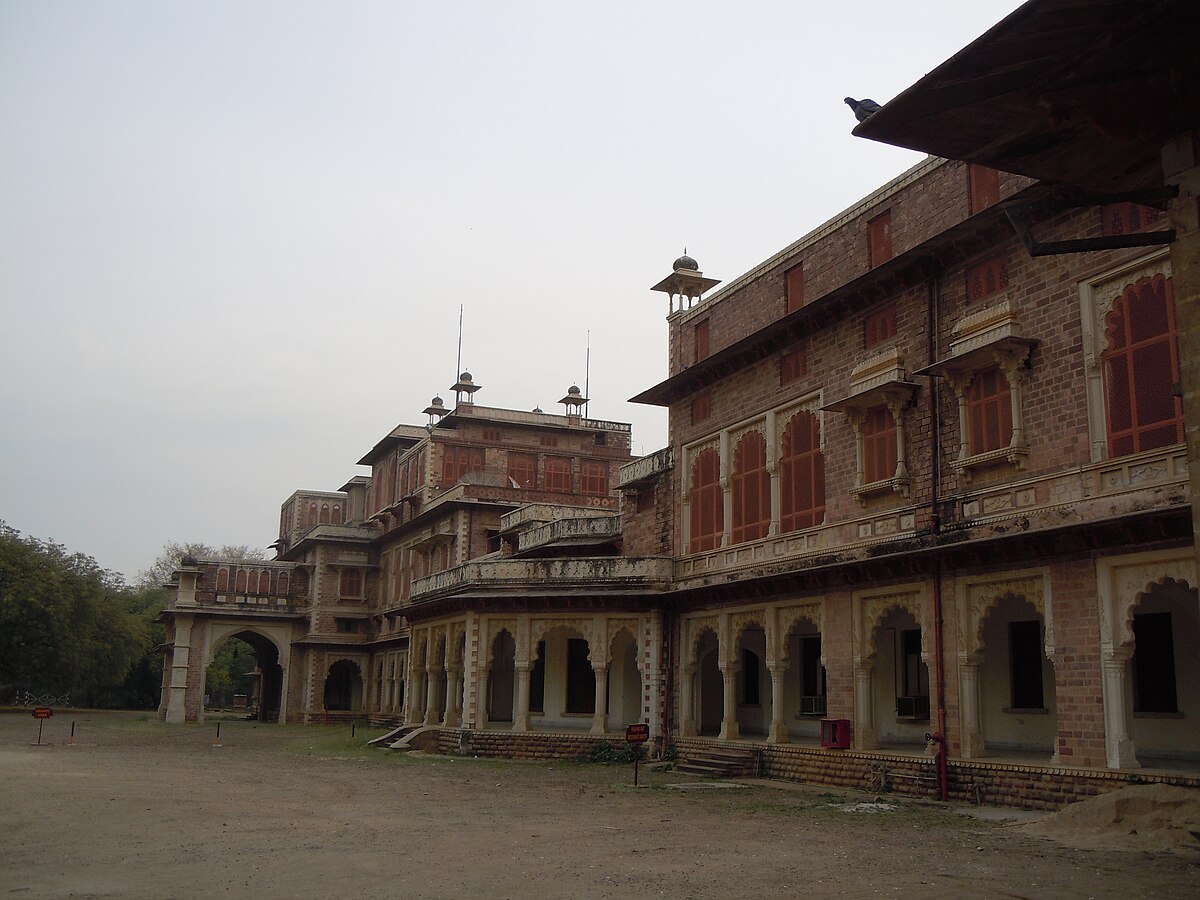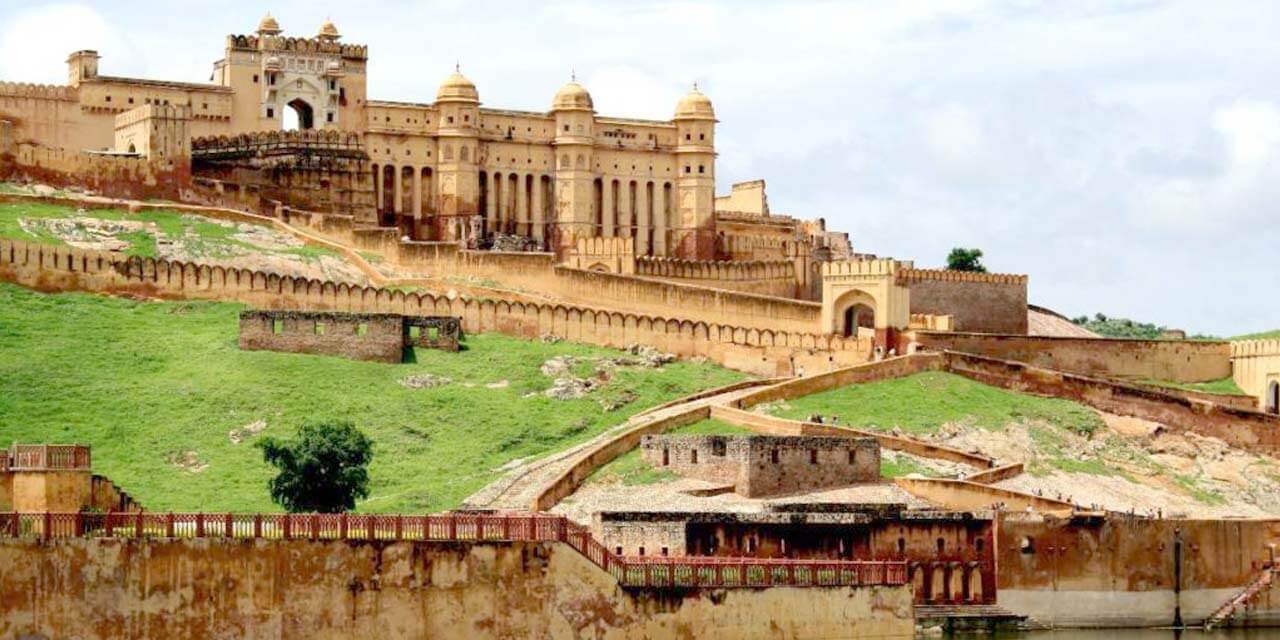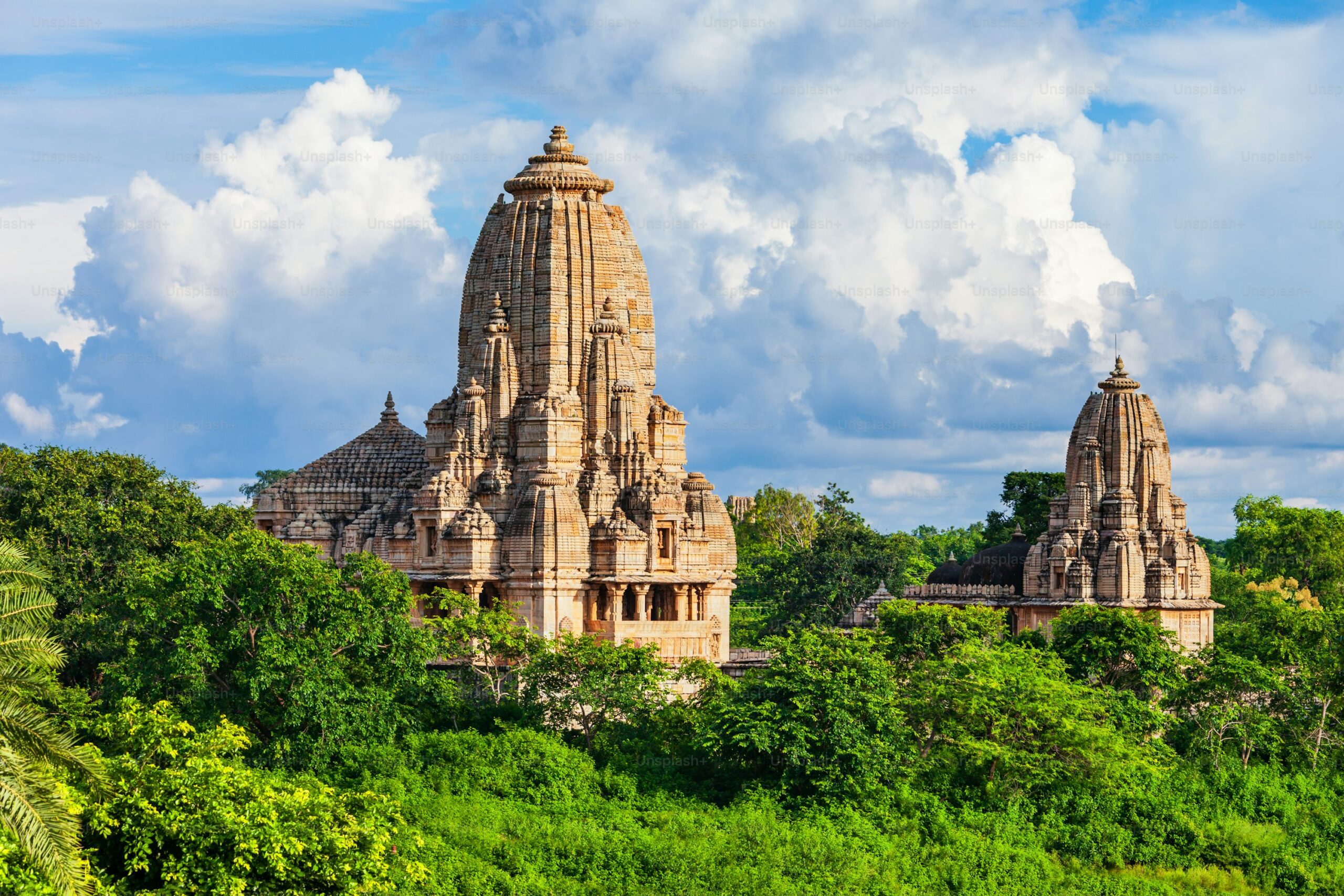¤ 10+ minutes Read
Places to visit in Rajasthan
Rajasthan, the Land of Kings, is a vibrant state known for its royal heritage, majestic forts, colorful culture, and golden deserts. From the pink-hued streets of Jaipur to the serene lakes of Udaipur and the blue lanes of Jodhpur, every corner of Rajasthan tells a story. Whether you’re seeking history, architecture, or adventure, Rajasthan offers an unforgettable journey into India’s regal past.
Wiki Link: Places to visit in Rajasthan
Amber Fort
Amber Fort, located just outside Jaipur, is a breathtaking blend of Hindu and Mughal architecture. Built with red sandstone and marble, it overlooks Maota Lake and features ornate halls like Sheesh Mahal (Mirror Palace) and Diwan-e-Khas. The fort’s grandeur is further enhanced by elephant rides and light-and-sound shows in the evening.
It was once the royal residence of the Kachhwaha rulers. Intricate frescoes, carvings, and mirror work showcase the skilled craftsmanship of the era. It is also a UNESCO World Heritage Site under the Hill Forts of Rajasthan.
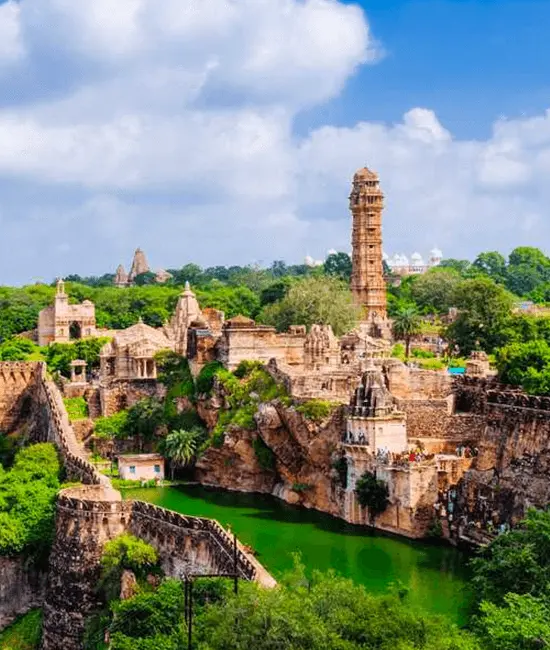
Chittorgarh Fort
India’s largest fort, Chittorgarh symbolizes Rajput pride and sacrifice. It features Vijay Stambh (Victory Tower), Kirti Stambh, palaces, temples, and water reservoirs, all steeped in history.
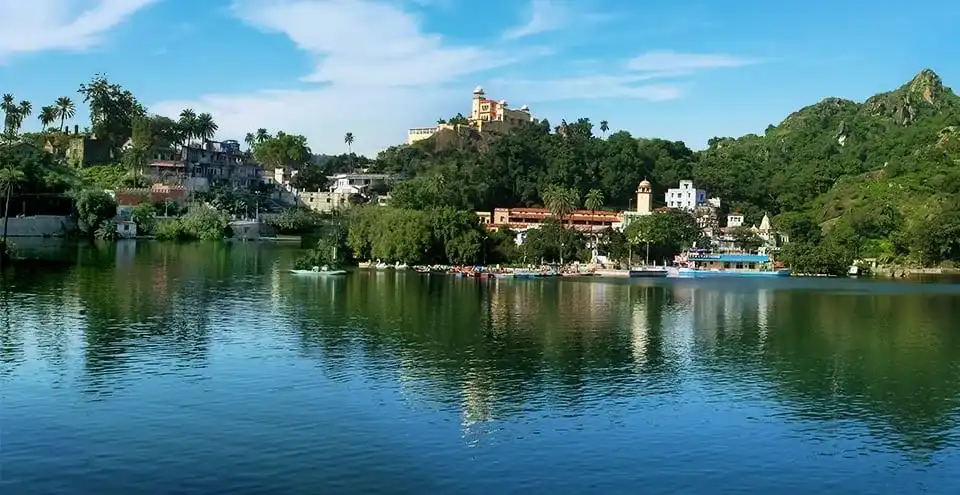
Mount Abu
The only hill station in Rajasthan, Mount Abu offers a cool respite with lush landscapes and Nakki Lake. The highlight is the Dilwara Temples, famous for their exquisite marble carvings.
Umaid Bhawan Palace
Part hotel, part museum, and part royal residence, this palace reflects 20th-century grandeur and is among the largest private residences in the world.
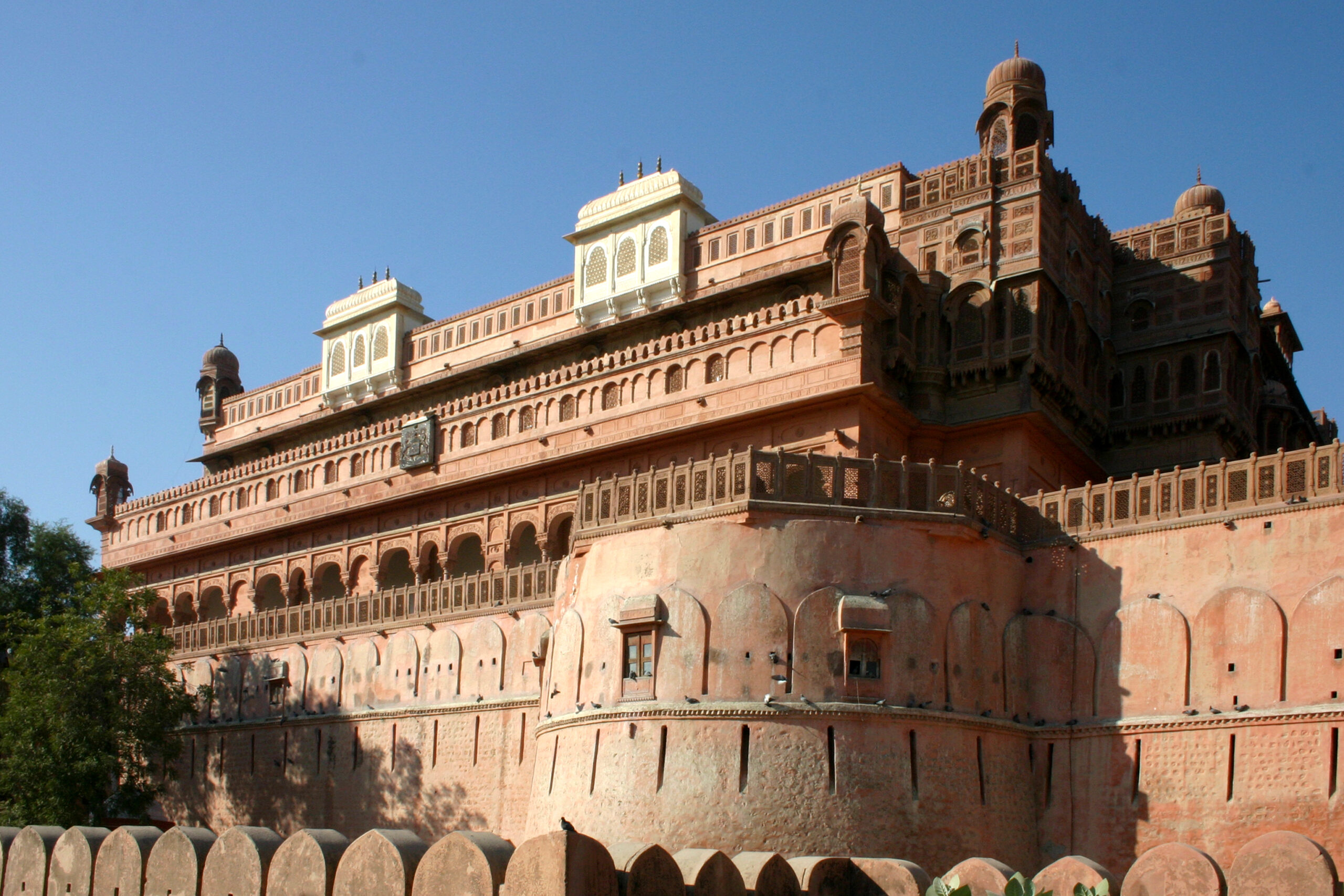
Junagarh Fort
Unlike many forts in Rajasthan, Junagarh isn’t built on a hill. It’s known for its intricate carvings, lavish interiors, and rich history dating back to the 16th century.
City Palace
The City Palace in Jaipur stands at the heart of the Pink City, showcasing a fusion of Rajput, Mughal, and European styles. Built by Maharaja Sawai Jai Singh II, the complex houses beautiful courtyards, gardens, and palatial buildings like Chandra Mahal and Mubarak Mahal. Chandra Mahal still serves as a royal residence.
Visitors can explore museums exhibiting royal costumes, arms, and art. The Peacock Gate and Diwan-e-Khas are architectural highlights, rich with detail and color. It remains one of Jaipur’s most iconic attractions.
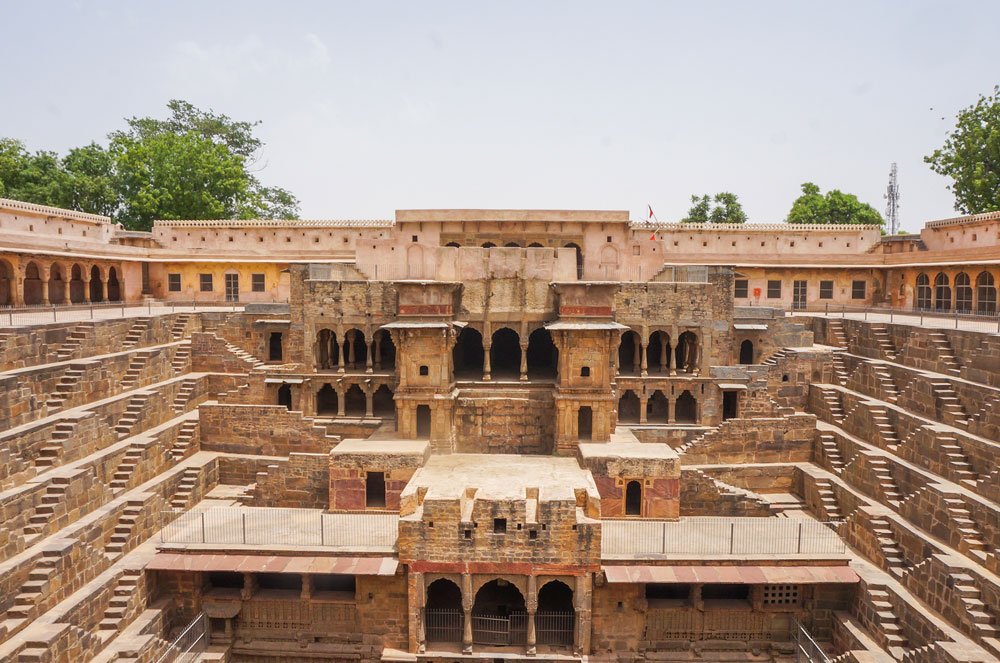
Bundi Palace and Stepwells
Bundi is a lesser-known gem featuring medieval architecture, beautiful frescoes, and intricate stepwells like Raniji ki Baori. Its rustic charm is perfect for heritage lovers.
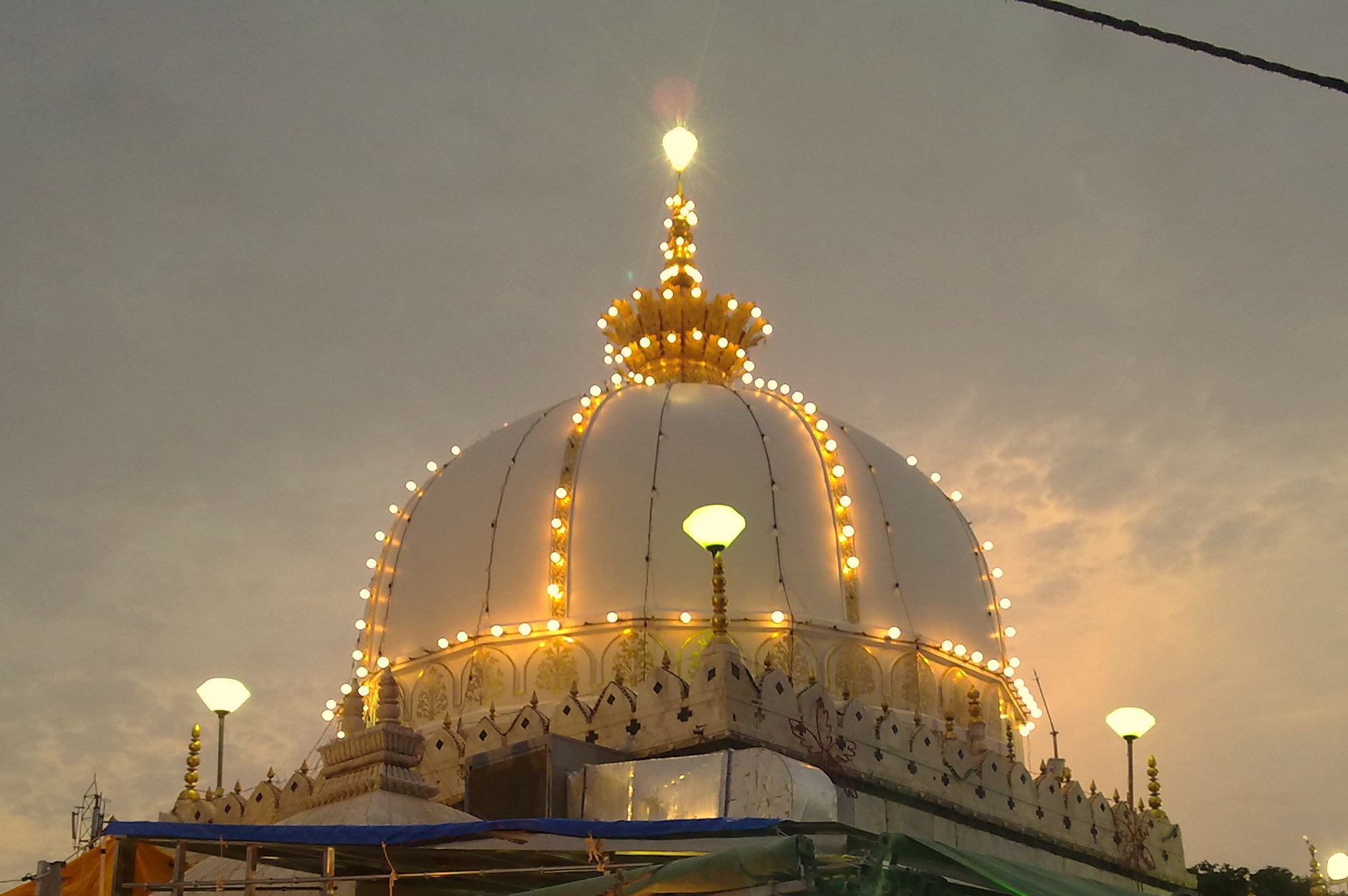
Ajmer Sharif Dargah
This revered Sufi shrine of Khwaja Moinuddin Chishti draws pilgrims from all faiths. Its spiritual aura, qawwalis, and rich history make it a must-visit in Ajmer.
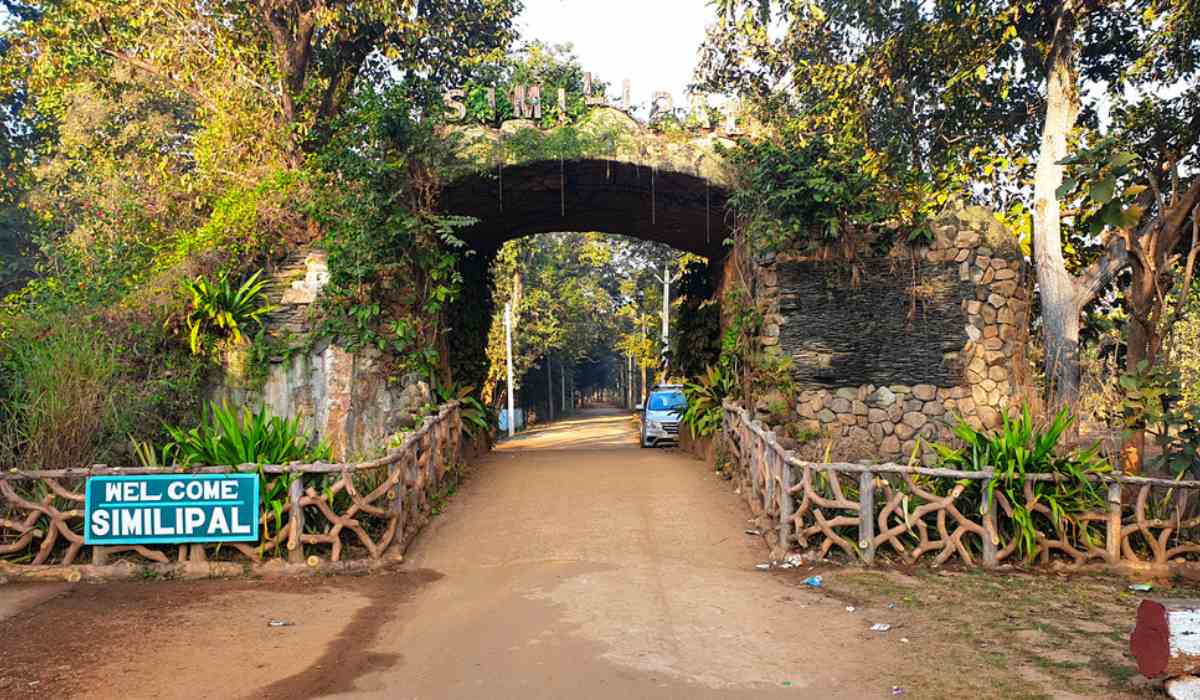
Sariska Tiger Reserve
Located close to Alwar, Sariska is an alternative to Ranthambore. It offers wildlife sightings including leopards, deer, and occasionally, tigers, amid hilly terrains.
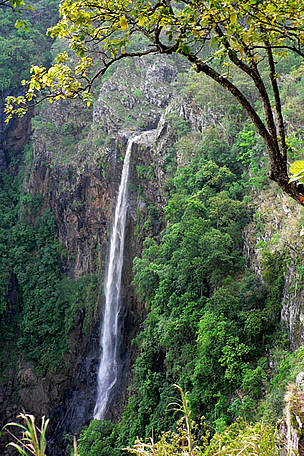
Ranthambore National Park
A former royal hunting ground, Ranthambore is now one of the best places to spot wild tigers. It also houses the scenic Ranthambore Fort and a variety of flora and fauna.
Jaisalmer Fort
Known as the “Golden Fort,” Jaisalmer Fort rises dramatically from the Thar Desert and glows honey-gold at sunset. Built in 1156 AD by Rawal Jaisal, it is one of the few living forts, with shops, homes, and hotels inside its walls.
The fort houses ornate Jain temples, Raj Mahal (Royal Palace), and intricate havelis. It’s constructed from yellow sandstone, giving it a golden hue. Narrow alleys filled with vibrant bazaars add life to the fort. It reflects the legacy of medieval trade and Rajasthani culture.
Hawa Mahal
The “Palace of Winds” is an iconic five-story structure with 953 windows, built for royal women to observe street festivals while remaining unseen.
Lake Pichola
This serene man-made lake is the heart of Udaipur, flanked by palaces, temples, and ghats. A boat ride here offers mesmerizing views, especially at sunset.

Pushkar
Pushkar is one of the few places with a temple dedicated to Lord Brahma. The lake, surrounded by 52 ghats, is a spiritual hub and also the site of vibrant Pushkar Camel Fair.
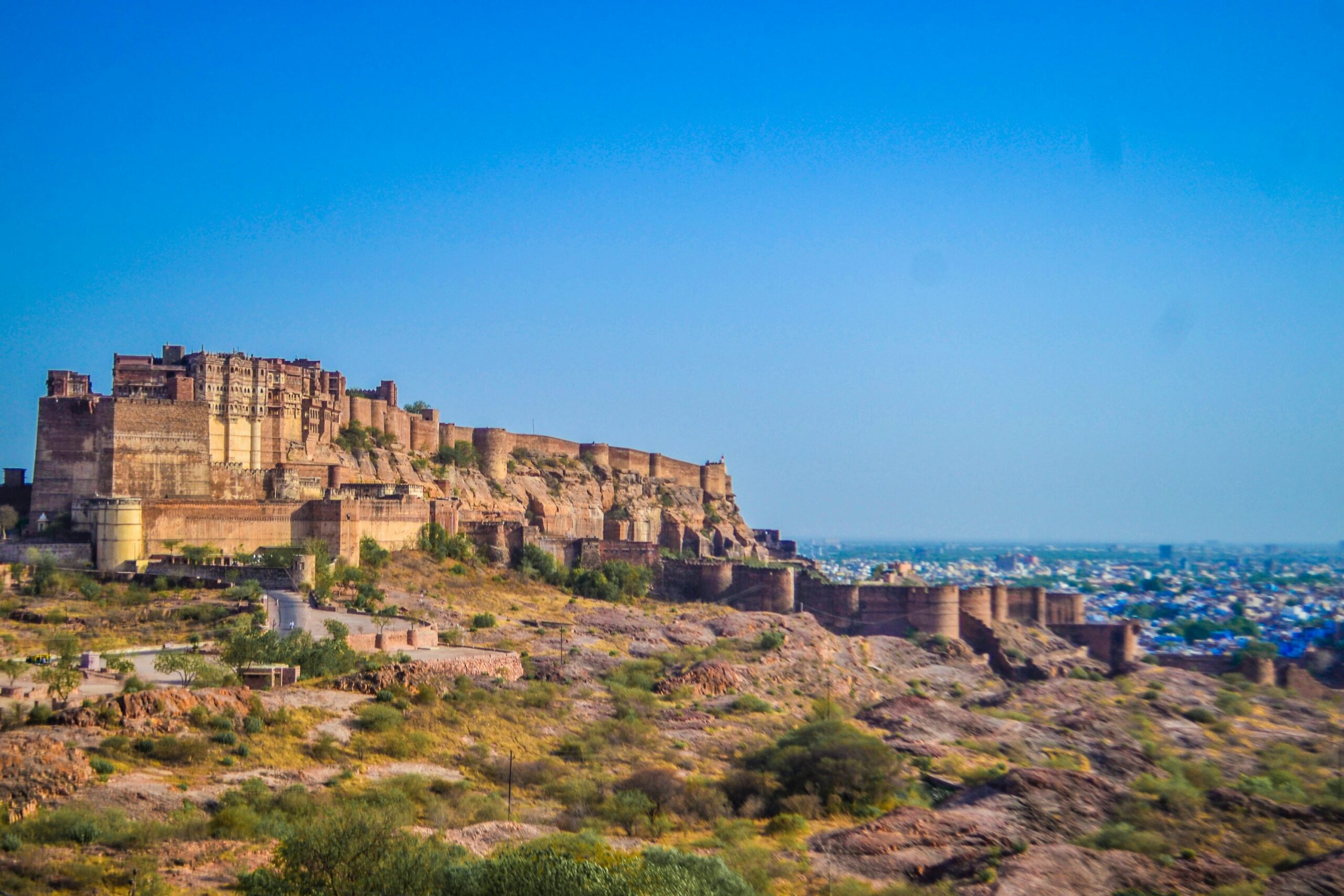
Mehrangarh Fort
Towering over Jodhpur from a 400-foot hill, Mehrangarh Fort is one of the largest and most impressive forts in India. Founded by Rao Jodha in 1459, it boasts massive walls, expansive courtyards, and intricately decorated palaces like Phool Mahal and Moti Mahal.
The fort offers panoramic views of the Blue City below. The museum here displays arms, paintings, and royal artifacts. Mehrangarh also hosts cultural performances and festivals, enhancing its historical allure. The fort’s formidable presence tells stories of valor and royalty.
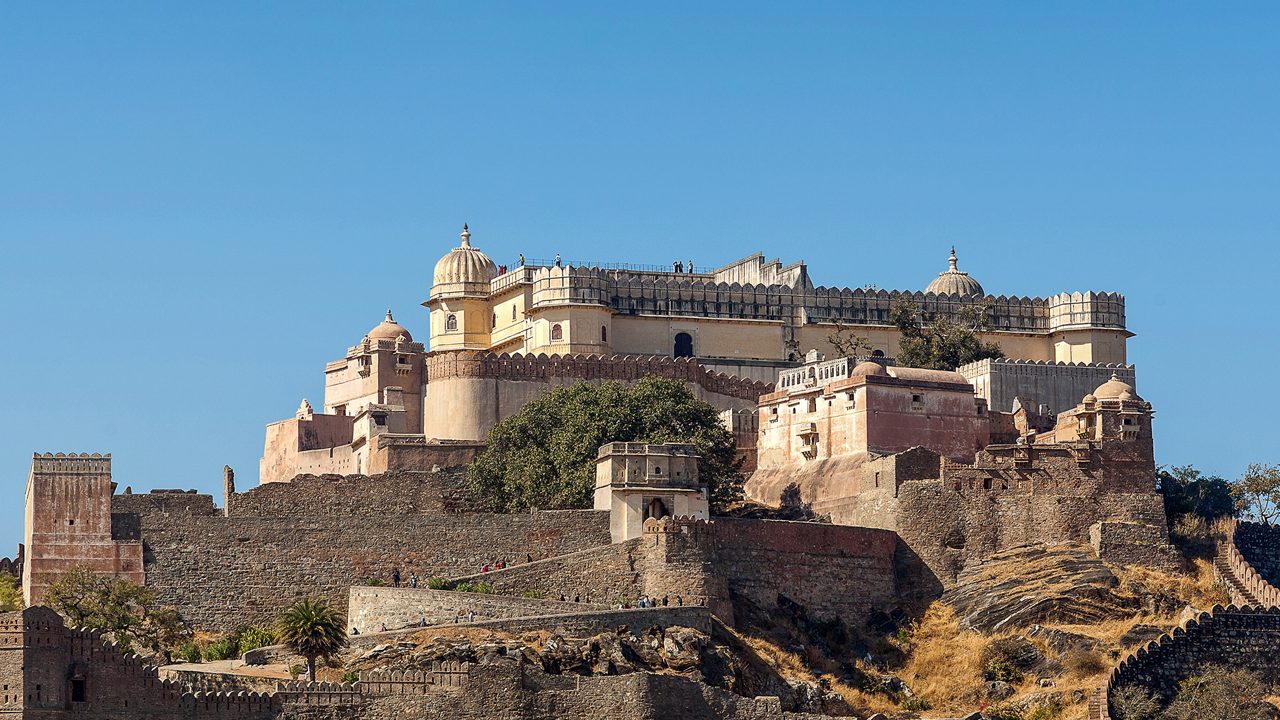
Kumbhalgarh Fort
A UNESCO World Heritage Site, is known for its massive wall that stretches over 36 km—the second longest in the world. Built by Rana Kumbha in the 15th century, it served as a refuge during battles and was the birthplace of Maharana Pratap. The fort has seven massive gates and over 300 temples within its complex.
Nestled in the Aravalli Hills, its elevation provides spectacular views of the surroundings. The light-and-sound show adds depth to its historic ambiance. Despite its size, it remains less crowded, offering a peaceful exploration.
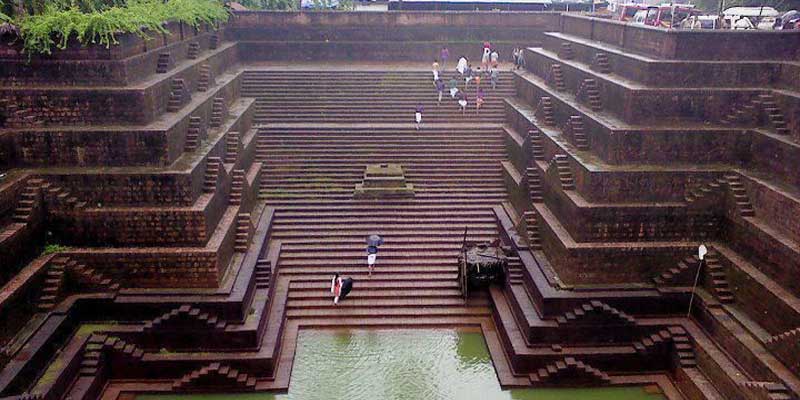
Bundi Stepwells
Bundi is home to dozens of intricately carved stepwells, often overlooked by tourists. These ancient water reservoirs like Raniji ki Baori are architectural masterpieces in silence.
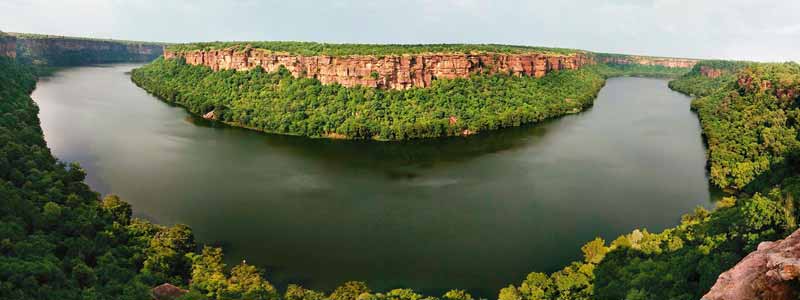
Garadia Mahadev Temple
Perched on a cliff near the Chambal River, this spot offers jaw-dropping views and tranquility. It’s a hidden spiritual and nature retreat away from urban chaos.
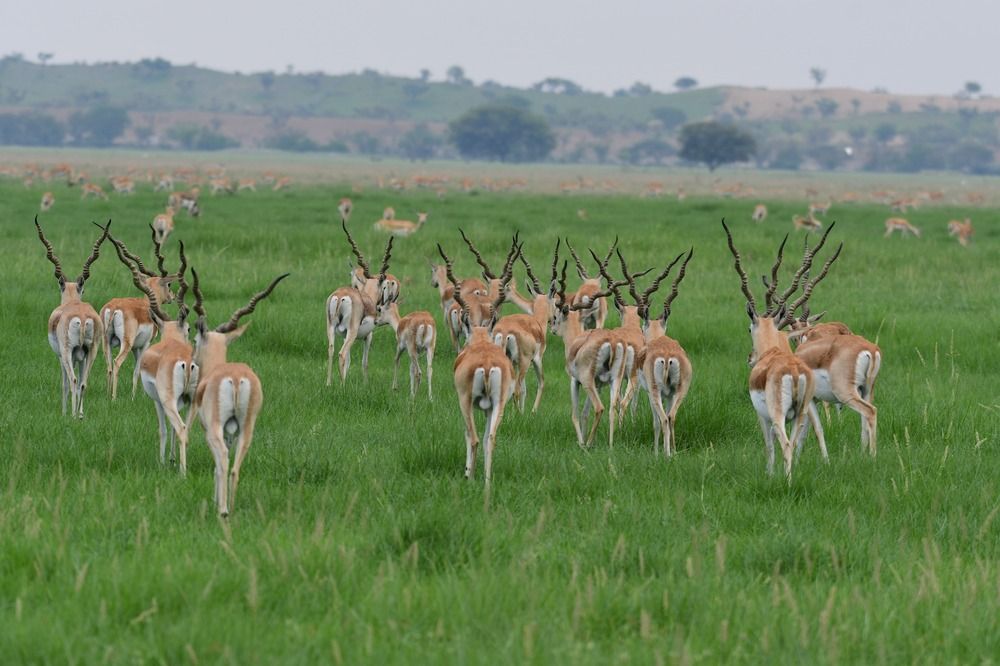
Tal Chhapar Sanctuary
Located in Churu district, this sanctuary is a haven for blackbucks and bird watchers. Its open grasslands are often compared to the African savannah.
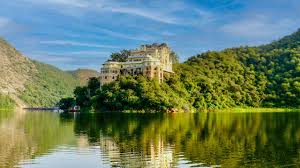
Alwar & Siliserh Lake
Just a few hours from Delhi, Alwar is often skipped but offers palaces, haunted ruins, and the lovely Siliserh Lake, great for boating and serene views.
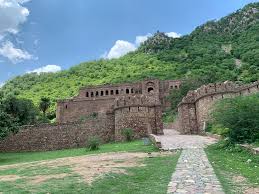
Bhangarh Fort
Enshrouded in mystery and legend, Bhangarh Fort near Alwar is often called the most haunted place in India. Built in the 17th century by Raja Madho Singh, its ruins are surrounded by scenic hills and temples. According to folklore, a wizard’s curse led to the fort’s downfall, which adds to its eerie reputation.
The Archaeological Survey of India restricts entry after sunset, enhancing its mystique. The site includes marketplaces, havelis, and temples like the Gopinath Temple. Despite its ominous tag, it is a captivating destination for history and thrill seekers.
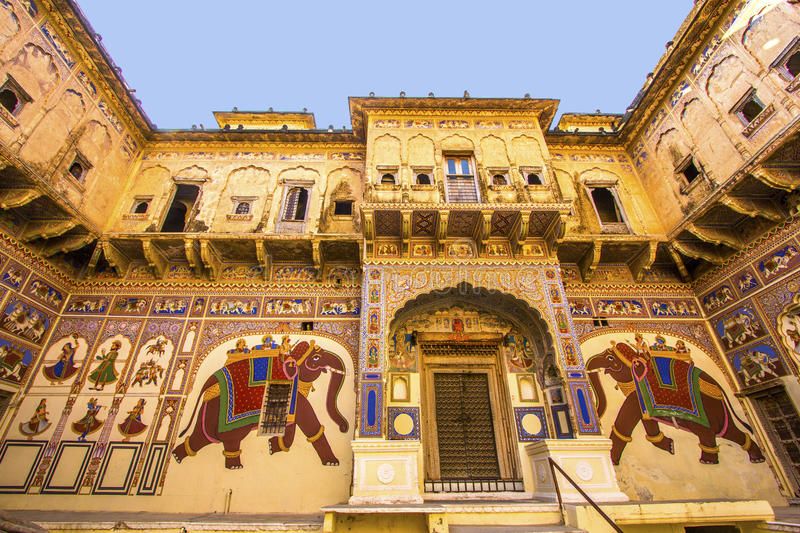
Mandawa
Mandawa is a charming town filled with elaborately painted havelis, earning it the nickname “Open Art Gallery of Rajasthan.” It’s ideal for heritage lovers and art enthusiasts.
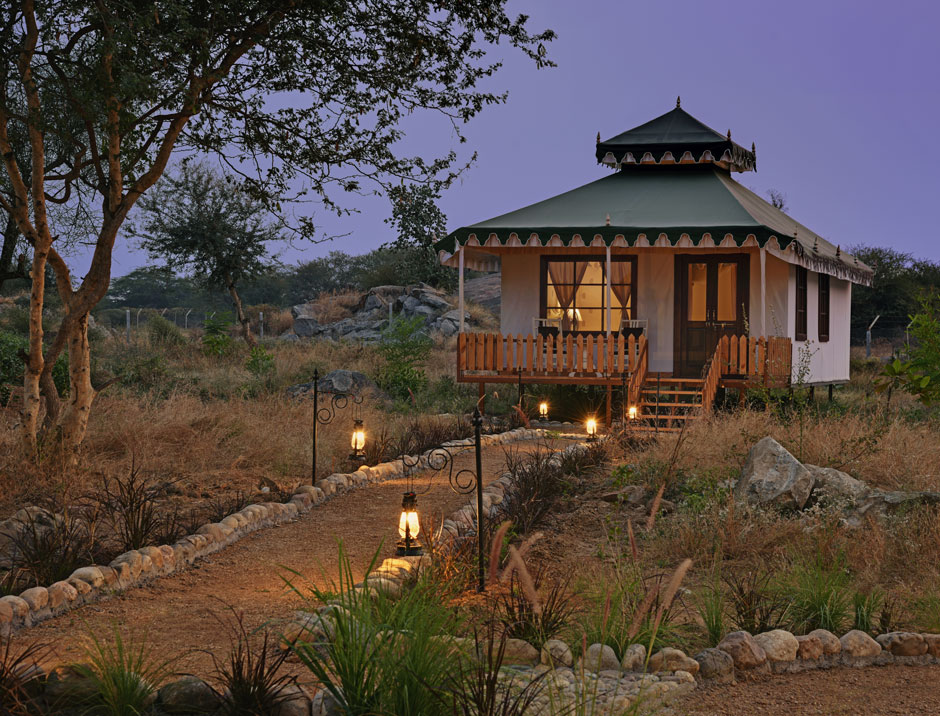
Jawai Leopard Hills
A unique destination where leopards and locals coexist peacefully. Jawai offers tented stays, hill views, and wildlife encounters minus the crowds.
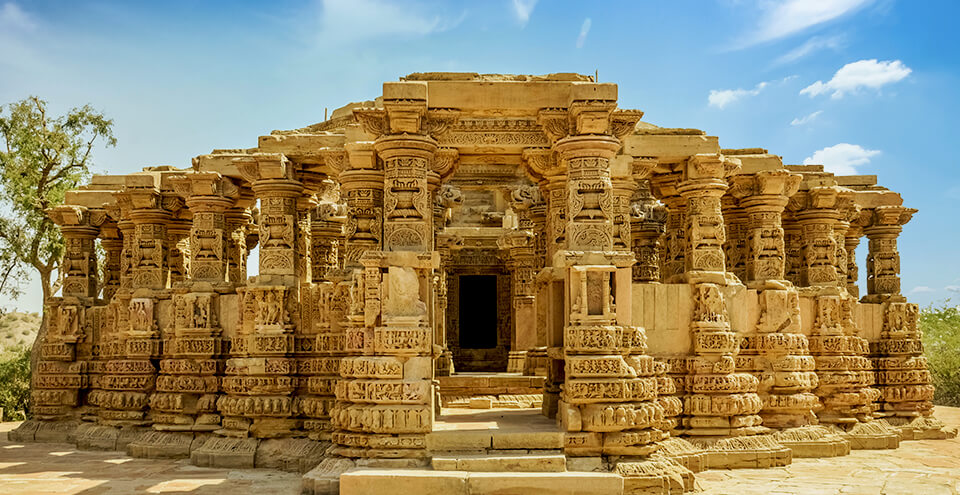
Barmer
This far-western town showcases Rajasthani culture with textiles, wood carvings, and mud-walled villages. Perfect for a cultural deep dive and desert experience.
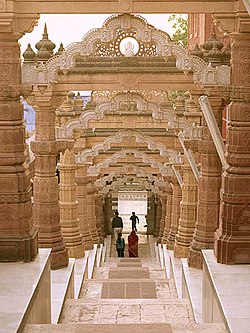
Osian Temples
An ancient town near Jodhpur, is famous for its cluster of beautifully sculpted Hindu and Jain temples dating back to the 8th–12th centuries. The temples exhibit intricate carvings and shikhara-style architecture, making them a marvel of early medieval craftsmanship.
The Sun Temple and Sachiya Mata Temple are among the most revered. Osian was once a major religious and trading center on the Silk Route. The town also offers camel safaris through the desert. It remains a peaceful yet spiritually significant hidden gem in Rajasthan.
Rajasthan Blogs
- Rajasthan Cultural guide
- Places to visit in Rajasthan
- Places to visit nearby Rajasthan
- India’s most popular destination
- India’s archaeological marvels
Recommended articles
- Rajasthan Cultural guide
- Places to visit in Rajasthan
- Places to visit nearby Rajasthan
- India’s most popular destination

